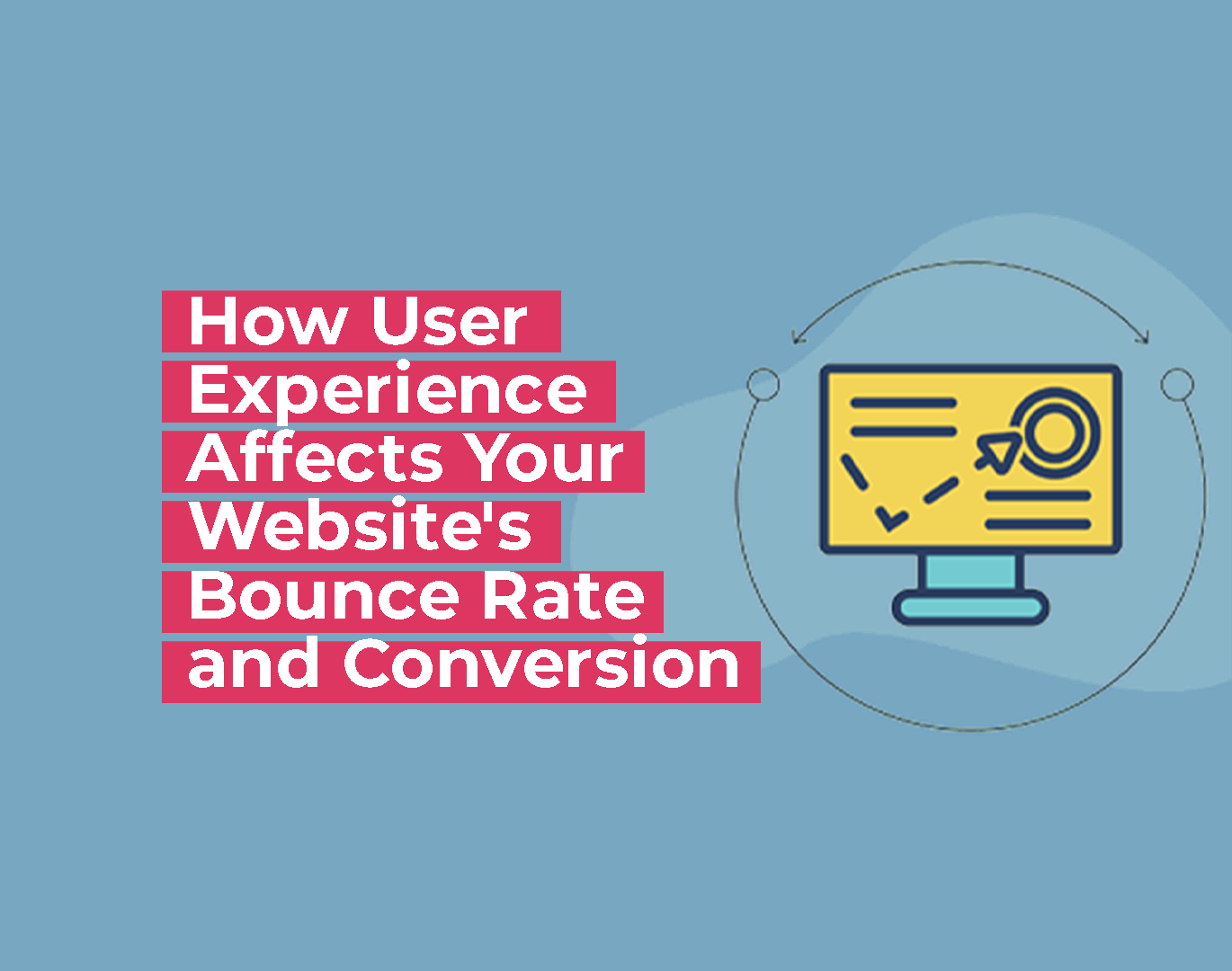In today’s digital age, having a strong online presence is crucial for any business looking to succeed. However, having a website that is simply aesthetically pleasing is no longer enough. User experience, or UX, has become a major factor in determining a website’s success. High bounce rates can indicate that a website’s UX is poor and ultimately lead to decreased conversions. In this blog, we’ll explore How User Experience Affects Your Website’s Bounce Rate and Conversion.
User experience (UX) refers to the overall experience a user has while interacting with a product or service, especially in digital contexts, encompassing various aspects of their interaction and satisfaction.
Bounce rate is the percentage of visitors to a website who leave after viewing only one page.
Conversion refers to the number of website visitors who take a desired action, such as making a purchase or filling out a contact form.
A positive user experience will increase the likelihood of visitors staying on your website longer, reducing bounce rate, and encouraging visitors to take action, improving conversion rates. A negative experience can lead to visitors leaving quickly, increasing bounce rate, and reducing the likelihood of taking action.
Relationship between user experience and bounce rate
User experience (UX) has a direct impact on a website’s bounce rate. If a user has a poor experience on a site, they are more likely to leave after viewing only one page, leading to a higher bounce rate. Factors that can contribute to poor UX include slow loading times, cluttered designs, confusing navigation, and a lack of relevant content. In contrast, a positive UX, such as a user-friendly interface, clear calls-to-action, and easy-to-find information, can keep visitors engaged and lead to a lower bounce rate. By focusing on improving the UX of your website, you can help reduce your bounce rate and keep visitors on your site longer, potentially increasing conversions.
Relationship between user experience and website conversion
User experience (UX) can have a significant impact on a website’s conversion rate. A positive UX, such as a clear and easy-to-use interface, can help visitors find what they are looking for quickly, leading to increased engagement and a higher likelihood of conversion. In contrast, poor UX can frustrate visitors and cause them to abandon the site before completing a desired action, resulting in a lower conversion rate. Factors that can contribute to a positive UX include intuitive navigation, responsive design, clear calls-to-action, and relevant and engaging content. By focusing on improving the UX of your website, you can help increase your conversion rate and ultimately drive business success.
Tips and Best Practices for Improving User Experience (UX) and Boosting Website Performance
Simplify navigation: Make it easy for users to find what they are looking for by simplifying the navigation and organizing content in a logical way.
Optimize loading speed: Improve website loading times by optimizing images, minimizing code, and using a content delivery network (CDN).
Make it responsive: Ensure your website is optimized for different devices, including smartphones and tablets, by using a responsive design.
Use clear calls-to-action (CTAs): Make it easy for visitors to take action by using clear and prominent call-to-action.
Provide relevant and engaging content: Create high-quality, relevant, and engaging content that resonates with your audience.
Test and refine: Continuously test and refine your website to improve UX and boost performance, using tools such as Google Analytics to track user behavior and make data-driven decisions.
Measuring and analyzing user experience (UX) to optimize website performance
Measuring and analyzing user experience (UX) can be done through various methods like user surveys, heat maps, A/B testing, user testing, and website analytics. To optimize website performance, identify areas that need improvement through these methods and gather user feedback to gain insights. Analyze data from website analytics tools to understand user behavior and identify areas for improvement. Use A/B testing to compare variations of website design and functionality to see which performs better. User testing can provide valuable feedback from users on the overall user experience. Finally, use heat maps to understand where users are clicking and which areas need improvement. Continuously iterate and improve based on data and feedback.
Conclusion
In conclusion, user experience (UX) plays a critical role in website performance and can have a significant impact on bounce rate and conversion. A positive UX, including intuitive navigation, responsive design, clear calls-to-action, and relevant content, can keep visitors engaged and encourage them to take action. On the other hand, poor UX, such as slow loading times, cluttered design, and confusing navigation, can lead to high bounce rates and low conversion rates. By focusing on improving UX, businesses can improve website performance and ultimately drive business success. By continuously testing and refining their website, businesses can ensure they are providing a seamless and satisfying experience for their users.
See Why your brand needs an online presence through a good website


